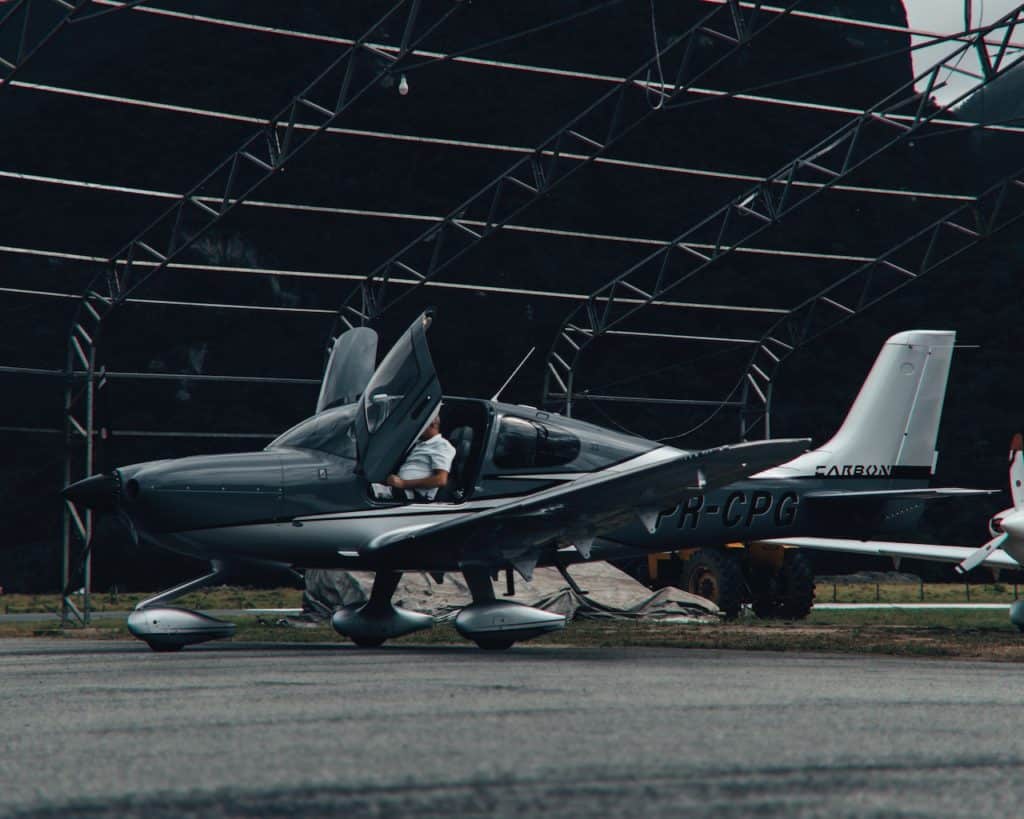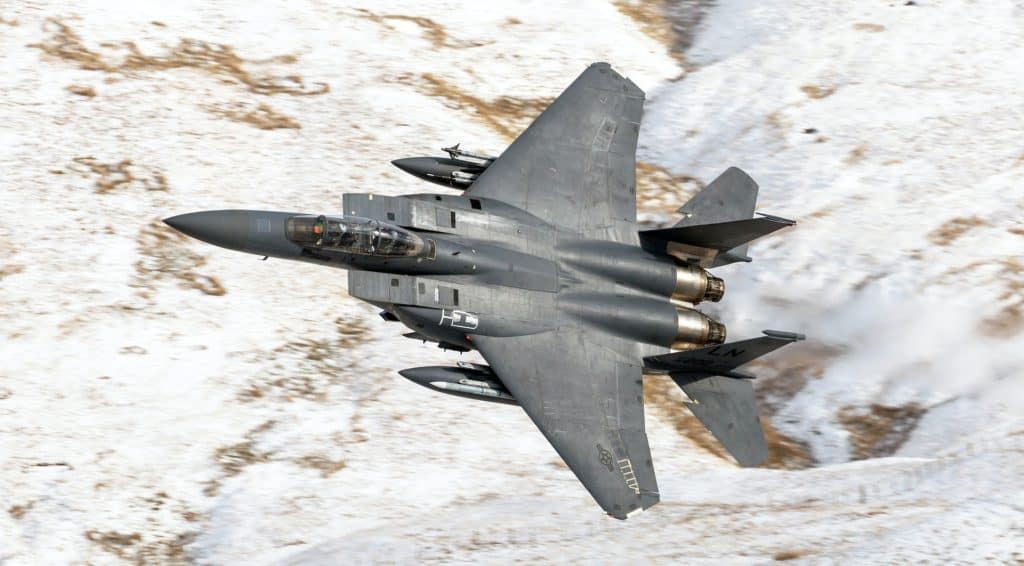Jump to...
Guard/Reserve Pilot Training: Mastering the Requirements for Active-Duty & Civilian Transitions
Table of Contents

Welcome to the Training & Qualification Requirements page for pilots joining the National Guard or Reserves! In this section, we will delve into the various training programs and qualifications necessary for both transitioning active-duty pilots and civilians with no experience. We’ll explore the differences between active-duty and Guard/Reserve pilot training, as well as the unique mission sets that may require additional training. By providing detailed information and relevant resources, we aim to guide you through the process of becoming a Guard/Reserve pilot while balancing your military and civilian commitments. Let’s get started!
For transitioning active-duty pilots
Transitioning active-duty pilots have already acquired significant flight experience and training. However, there may be some additional training and qualification requirements specific to the Guard/Reserve units they plan to join. These requirements may include:
Unit-specific training: Pilots may be required to complete additional training on the aircraft flown by their chosen Guard/Reserve unit, particularly if the aircraft differs from the ones they flew during active duty.
Mission-specific training: Guard/Reserve units may have unique mission sets, necessitating further training to familiarize pilots with these new roles and responsibilities.
Annual training requirements: Guard/Reserve pilots are expected to complete annual training to maintain currency and proficiency.
For more information on the training requirements for transitioning active-duty pilots, consult with the specific unit you’re thinking about applying to. An F-16 unit will obviously have much different training requirements than a C-17 unit. Also, units with the same airframe may have different training requirements established by their Wing or Group. You can also check out the Air National Guard’s official website (https://www.goang.com/) and the Air Force Reserve’s official website (https://afreserve.com/).
For civilians with no experience
Civilians with no prior flight experience can still become Guard/Reserve pilots by completing the following steps:
Basic Military Training (BMT): Civilians must first complete BMT to learn the basics of military service. That’s only if you’re going enlisted, then Officer Training after you get your Bachelor’s Degree. There is also a separate application process going from Enlisted to Officer. All of that information will be provided on our Hobby to Professional pages within our website.
Officer Training School (OTS): After BMT or applying straight out of college (like yours truly), candidates attend OTS to learn leadership skills and obtain a commission as an officer.
Initial Flight Training (IFT): Before attending specialized pilot training, candidates must complete IFT to develop basic flight skills.
Undergraduate Pilot Training (UPT): UPT is an intensive one-year program designed to teach candidates the skills required to become military pilots.
Aircraft-specific training: Upon completion of UPT, pilots will receive additional training on the specific aircraft they will be flying in their Guard/Reserve unit.
For more information on the training process for civilians, consult the Air National Guard’s official website (https://www.goang.com/) and the Air Force Reserve’s official website (https://afreserve.com/).

Differences in training programs
The primary difference between active-duty and Guard/Reserve pilot training lies in the scheduling and flexibility of the training programs. Guard/Reserve pilots generally complete their training on a part-time basis, allowing them to maintain civilian careers or pursue further education simultaneously. Additionally, Guard/Reserve units may have unique mission sets, resulting in specific training requirements that differ from those of active-duty pilots.
For more information on the differences in training programs, consult the Air National Guard’s official website (https://www.goang.com/) and the Air Force Reserve’s official website (https://afreserve.com/).
Guard/Reserve Transition: Adapting to Unit Expectations & Training Requirements for Pilots

When an active-duty pilot transitions to a Guard/Reserve unit, they can expect to encounter some differences in training and unit expectations. Here are a few examples:
Flight Training: Upon joining the Guard/Reserve unit, pilots may need to undergo specific training for the aircraft they will be flying if it is different from their active-duty experience. This may include simulator training, ground school, and additional flight training to become proficient in the new aircraft.
Currency Requirements: Guard/Reserve pilots must maintain currency in their aircraft just like active-duty pilots. This typically involves completing a certain number of flight hours and training events within a specified time frame.
Computer-Based Training (CBT): As a Guard/Reserve pilot, one may need to complete computer-based training modules to stay current on aircraft systems, mission planning, and tactics. These CBTs may be unit-specific and tailored to the particular aircraft and mission set of the unit.
Seasoning: If transitioning to a new aircraft type or mission set, pilots may undergo a “seasoning” period during which they receive additional training and mentorship to become proficient in their new role. This period helps pilots become familiar with the unit’s specific way of flying and operational procedures.
Unit Training and Scheduling: Guard/Reserve units often have different training schedules and expectations compared to active-duty units. Pilots may need to adapt to a new scheduling rhythm, with drill weekends, annual training, and other unit-specific training events. Additionally, pilots must be prepared to balance their military and civilian careers, which may require flexibility in scheduling and time management.
Transitioning from active duty to a Guard/Reserve unit as a pilot involves adapting to new training requirements, aircraft, and unit expectations. By understanding these differences, pilots can better prepare themselves for a successful transition and a rewarding experience in the Guard/Reserve.


